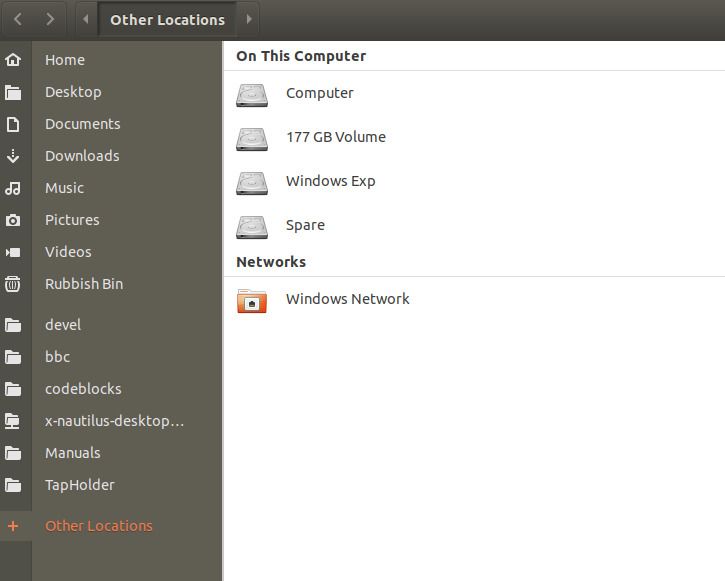This is one of those jobs that ranges from dead easy to hells bells! Much depends on the version of Windows and the version of Linux you are using, and which transport you choose to use.
Linux is good at open standards-based file sharing, while Microsoft prefer their own methods. In general, it's easier to go with Microsoft's built-in file sharing mechanism (SMB) and let Linux do the conversion.
In Windows the first step is to 'Share' the file or folder. This has been simplified in Windows 10 and it can be done from the File Explorer. Permissions may be an issue; a user is not allowed to share files belonging to other users.
'Sharing' a file in Windows causes a process to advertise its availability over the network. Other Windows machines listen for (and make) advertisements and they pop up as a Network Drive in the File Explorer panel.
Linux talks Microsoft SMB using a package called Samba. It may not be necessary to install it. The need to talk to other computers on a network is so common it may already be operational. (Depends on the Linux Version and possibly what boxes where ticked at installation.)
On my Ubuntu machine, the equivalent of File Explorer lists SMB drives under 'Other Locations'

In addition to Windows SMB it also detects APF (Apple's file sharing protocol).
Once network folders are visible you can access files in the usual way.
Is it really that simple? Of course not! File sharing gets complicated very quickly, for example if you need to control sharing between groups of computers. Configuration on either Linux or Windows is equally complicated. If it doesn't work straight off, wrap a wet towel round your head, take two paracetamol, and read the manuals!
Dave
Edited By SillyOldDuffer on 18/08/2018 10:09:39
Alan Vos.





